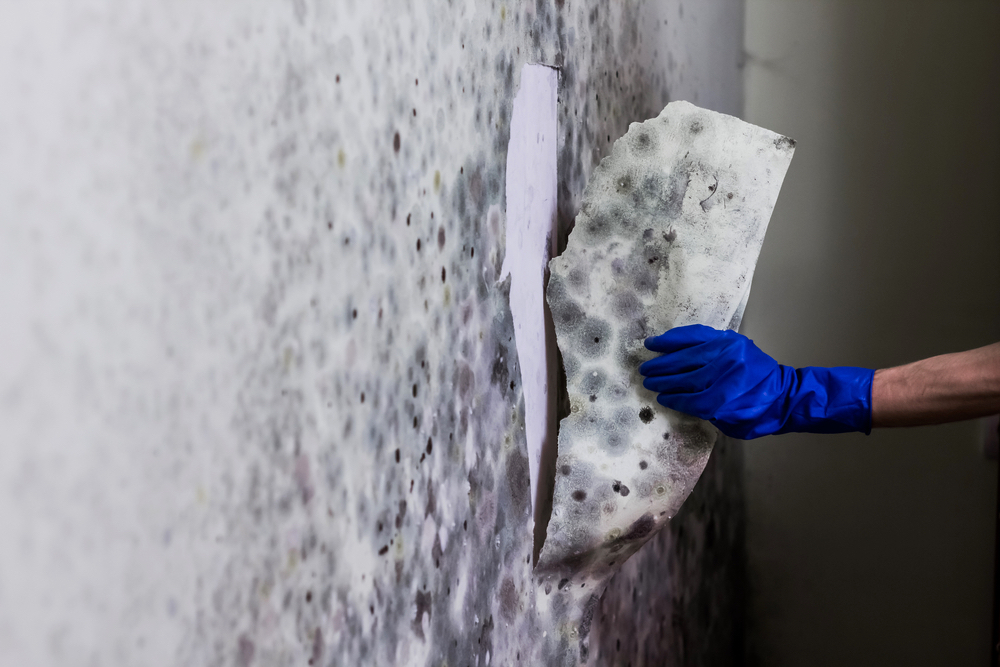Mold is a silent financial predator. Left unchecked, it can drain your savings, compromise your home’s value, and even jeopardize your health. For homeowners, understanding the economic consequences of mold is critical to protecting both your property and your wallet.
Here’s why ignoring mold problems is a costly gamble and how proactive measures can save you thousands.
1. Escalating Remediation Costs
Mold spreads rapidly, often hidden within walls, attics, or under flooring. Within days, a small patch can grow into a full-blown infestation. For example, early-stage mold (Days 1–7) may only require localized cleaning and dehumidification, costing a few hundred dollars. However, after a month of unchecked growth, remediation expenses can skyrocket due to structural damage, material replacement, and extensive decontamination.
In severe cases, mold can penetrate wood beams, insulation, and drywall, requiring partial or full replacements. Tweedy Plumbing’s water damage restoration services often encounter homes where delayed action led to repair bills exceeding $10,000—far higher than the cost of early intervention.
2. Structural Damage
Mold thrives in damp environments, weakening materials like wood, drywall, and insulation. Over time, this compromises your home’s structural stability. For instance, attic mold can rot wooden supports, while bathroom mold may degrade subflooring. Left unresolved, these issues can lead to sagging ceilings, warped floors, or even collapse risks—problems that demand costly renovations
Proactive plumbing maintenance, such as fixing leaks or installing water leak detectors, can prevent the moisture buildup that fuels mold growth.
3. Health-Related Expenses
Mold exposure is linked to respiratory issues, allergies, and chronic conditions like asthma. Medical bills for treating these ailments—such as doctor visits, medications, or hospitalizations—can accumulate quickly. Children, the elderly, and immunocompromised individuals are especially vulnerable, turning a mold problem into a long-term health crisis.
Worse, landlords or businesses may face lawsuits if tenants or employees fall ill due to mold exposure. Legal fees, settlements, and regulatory fines further amplify the financial burden.
4. Decreased Property Value
Homes with a history of mold often sell for 10–20% less than comparable properties. Even after remediation, the stigma persists, deterring buyers and prolonging listing times. Appraisers and inspectors flag mold issues, forcing sellers to either lower prices or invest in costly disclosure-related repairs.
For businesses, mold can tarnish reputations. Restaurants, hotels, or rental properties risk losing customers or tenants if mold problems become public, leading to revenue losses that far exceed remediation costs.
5. Higher Premiums and Denied Claims
Many insurance policies exclude mold damage or limit coverage, especially if neglect is proven. For example, a leak ignored for weeks may void your claim, leaving you to shoulder the full cost. Worse, insurers may hike premiums or deny future coverage for properties with mold histories.
Tweedy Plumbing’s automatic water shut-off valve installations and routine inspections help homeowners demonstrate proactive maintenance—a factor insurers often reward with better rates.
Don’t Let Mold Drain Your Savings—Act Now!
The financial fallout of mold is avoidable. By partnering with Tweedy Plumbing, you gain a proactive ally dedicated to preserving your home’s safety and value. Schedule a complimentary Visual Plumbing Safety Inspection today to identify vulnerabilities and stop mold before it starts.



